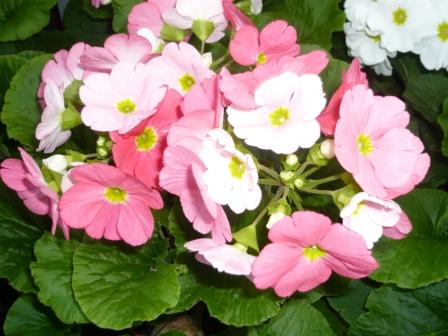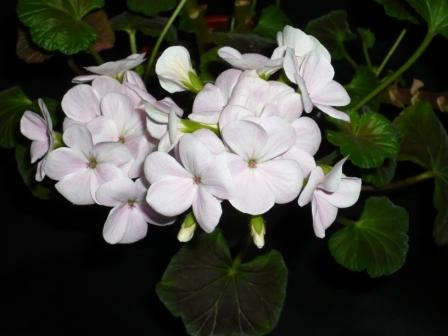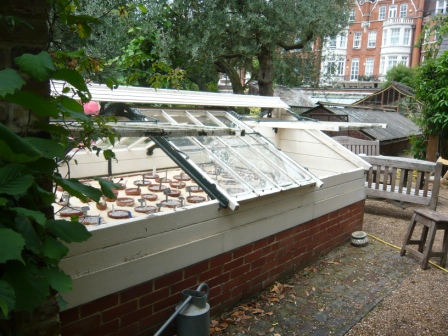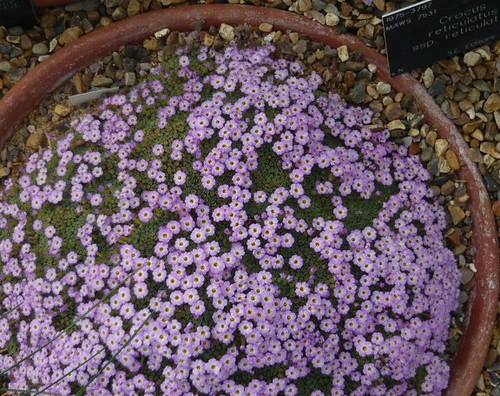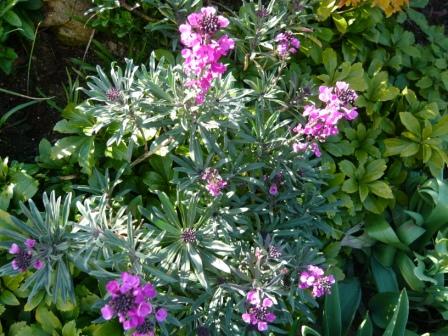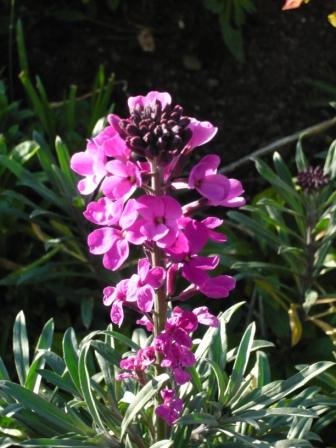Indoor Primula Obconica Tips
We gardeners hopefully learn as we go along and this post is an update of a 6 year old report on indoor primulas.
‘Indoor plants that are in full flower in January include the strongly coloured Primula Obconica shown above. They look good in traditional blues, pinks and white with the new Twilly series including a strong red. There are plenty of long lasting blooms particularly if you pick off dead flowers. The hairs on the back of leaves can be an irritant so take care if you have sensitive skin, the plant is also known as Poison Primrose.
Plants at garden centers may have been grown specifically for a quick show of colour that makes them saleable and decorative as indoor plants. They are probably not frost free or very hardy.
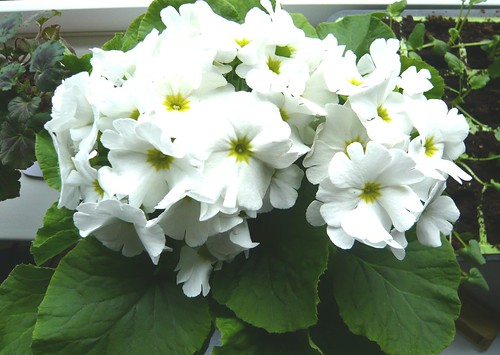
Primula Obconica
- Unlike other Primula obconica varieties, Twilly Touch Me is primine free, so causes no skin irritation.
- Grown from seed give them dark to germinate. They flower the following spring/summer in the cool greenhouse or as a houseplant.
- Primula obconica produce a dozen different colours of flowers.
- The flowers last for several weeks if spent flowers are deadheaded regularly.
- Do not let the plants dry out and the leaves become floppy.
Other species of Indoor Primulas include Primula malacoides a perennial plant for a heated greenhouse or conservatory. Also known as the Fairy primrose it is NOT hardy.
Primula sinensis the Chinese Primrose aka Primula praenitens is hard to obtain but the flowers look stunning so it is worth looking for.
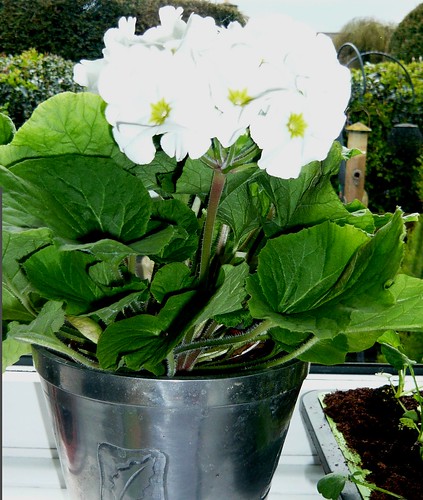
Showing the soft fleshy leaves of ‘Twill Touch Me Series’ of Indoor Primula obconica. The Primula stem holds the flowers proud of the leaves.’
